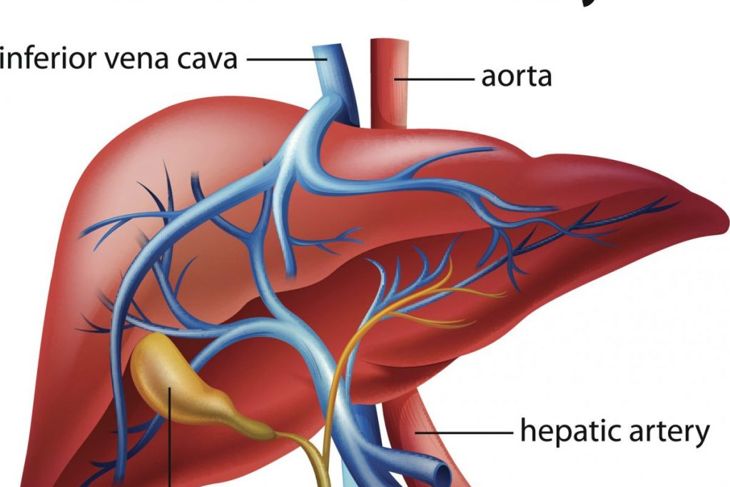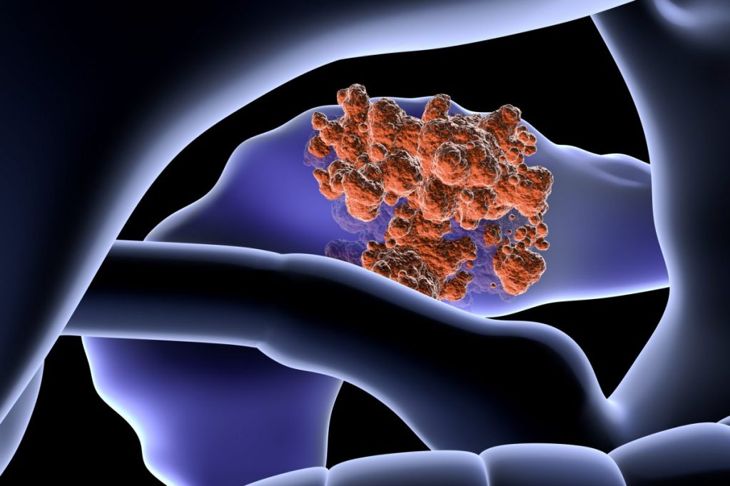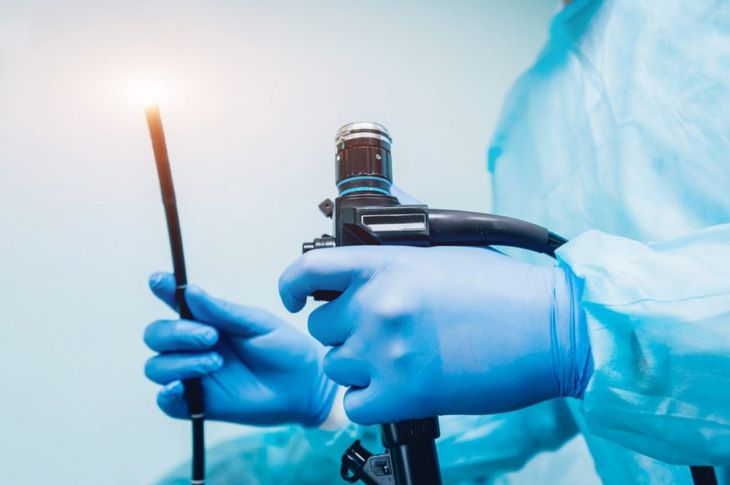Ampullary cancer is a rare form of gastrointestinal cancer, accounting for just 1% of these diseases. Its rarity means experts know less about it than other types of cancer. Despite this, treatments exist, and most people diagnosed with ampullary cancer have a good prognosis. Understanding what the cancer is, where it occurs, and the treatment options available can help people with ampullary cancer make informed decisions in conjunction with their doctor or oncologist.
What is Ampullary Cancer?
Ampullary cancer or ampullary carcinoma is a cancer of the ampulla of Vater. In the gastrointestinal system, the liver, pancreas, and gallbladder produce fluids that aid digestion, including bile and bicarbonate. These enzymes move through the bile ducts to the small intestine. The ampulla of Vater is the last centimeter of the bile duct and is responsible for releasing these enzymes. Ampullary cancer originates here.
Ampullary or Periampullary?
True ampullary cancer starts in the ampulla of Vater, but other cancers can form in the organs surrounding it. Periampullary cancers form in the intestines, bile ducts, and pancreas, close to the ampullary of Vater. Doctors can have difficulty differentiating between ampullary and periampullary cancer without surgery. Luckily, treatments for both types of cancer are similar; some doctors use the terms interchangeably.
Symptoms of Ampullary Cancer: Jaundice
Jaundice is a yellowing of the skin and the whites of the eyes, caused when bile builds up in the bloodstream. Ampullary cancer tumors often block the bile duct, stopping the bile from entering the small intestine and causing it to enter the bloodstream instead. Jaundice is one of the first symptoms of ampullary cancer and one of the reasons the cancer is often caught early.
Other Symptoms
Pancreatitis or inflammation of the pancreas is another common clinical sign of ampullary cancer, as the tumors also blocks the pancreatic duct. Other symptoms include:
loss of appetite
weight loss
abdominal pain
diarrhea
fever or chills
stomach upset and vomiting
gastrointestinal bleeding
Ampullary tumors affect stool quality, though they do not always cause diarrhea. Stool may be greasy and pale, which is generally a sign of a problem or blockage and requires medical examination.
Diagnosing Ampullary Cancer
The most common way to diagnose ampullary cancer is with an endoscopy. The doctor runs a long, thin tube equipped with a camera through the intestinal tract to view any duct blockages. Endoscopies may also collect tissue from the ampulla of Vater, which lab technicians will test for cancer cells. Blood and urine tests can identify cancer markers as well. Some doctors also order imaging scans such as ultrasounds or MRIs to search for signs of a tumor.
Ampullary Cancer Stages
After diagnosis, doctors will stage the cancer to better identify the present severity of the condition. The stage describes where on the spectrum the cancer — whether it has spread and whether it is affecting other organ, such as the pancreas or bile duct. There are five stages of ampullary cancer:
Stage 0: No sign of cancer in the ampulla of Vater.
Stage 1: The tumor is only in the inner layer of the small intestine.
Stage 2: The tumor has spread to the middle layer of the small intestine.
Stage 3: The tumor has spread to the outer wall of the small intestine.
Stage 4: Cancer has spread to other organs such as the lymph nodes or pancreas.
The Whipple Procedure
The most common treatment for ampullary cancer is the removal of the tumor from the ampulla of Vater through a Whipple procedure or pancreaticoduodenectomy. The surgeon may insert an endoscope through a small incision in the belly, or the patient’s condition may require open belly surgery. While removing the tumor, the surgeon may also remove other affected areas, such as parts of the pancreas, bile duct, gallbladder, small intestine, nearby lymph nodes, and sometimes part of the stomach.
Other Treatments
Chemotherapy and radiation can also treat ampullary cancer after surgery, though some healthcare providers advise against this. Whether these treatments are recommended will often depend on the severity of the cancer and whether or not the surgeon could remove the tumor completely. Some people are unable to tolerate the complex Whipple procedure. Other options include less complex operations or burning the tumor away with a laser, however the Whipple procedure remains the recommended course of action.
Prognosis
True ampullary cancer generally has a better prognosis than periampullary cancer, most likely because jaundice results in early detection. The type of tumors found in ampullary cancers are also less likely to invade lymphatic and blood vessels, which aids the survival rate. The five-year survival rate depends on the progression of the tumor but is between 20 and 75 percent for patients who underwent a Whipple procedure.
Ampullary Cancer Research
The rarity of ampullary cancer means less research on the topic has been conducted, as there is a lack of fund and few people available for randomized studies. As such, some facts, including possible preventative measures, are not well understood by doctors. However, scientists are looking at collected data from people who have fought the disease and are beginning to form conclusions about possible causes and the best ways to increase survival rates.

 Home
Home Health
Health Diet & Nutrition
Diet & Nutrition Living Well
Living Well More
More




















